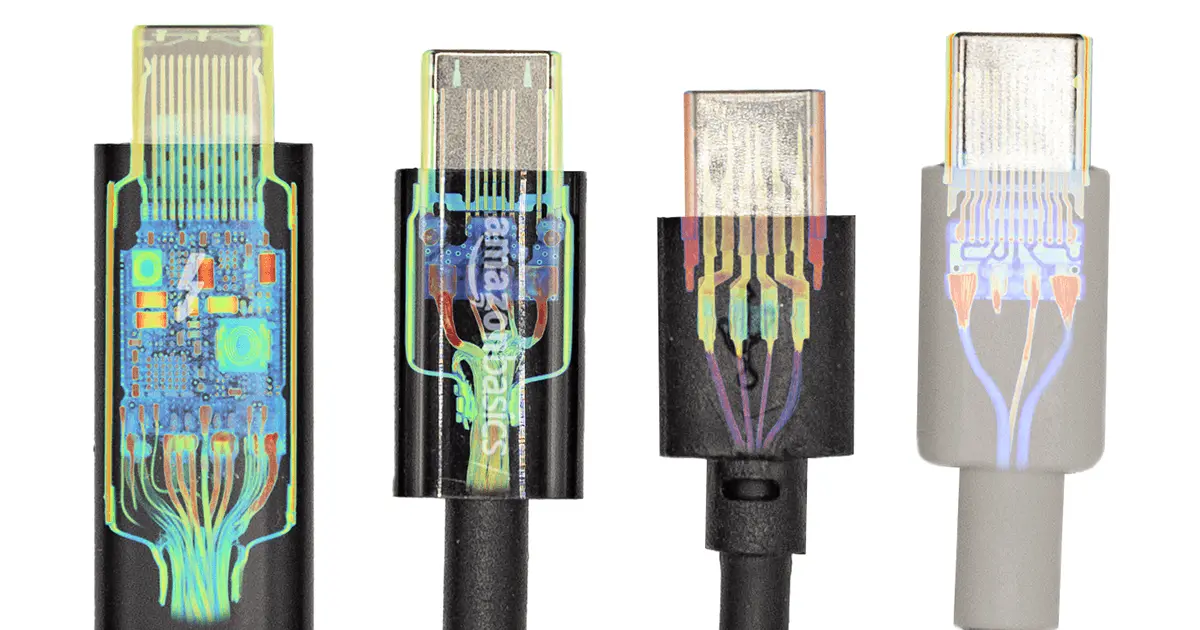USB-C head-to-head teardown - Lumafield
USB-C head-to-head teardown - Lumafield

www.lumafield.com
USB-C head-to-head comparison

cross-posted from: https://lemdro.id/post/2469210 (!android@lemdro.id)
USB-C head-to-head teardown - Lumafield

USB-C head-to-head comparison

cross-posted from: https://lemdro.id/post/2469210 (!android@lemdro.id)